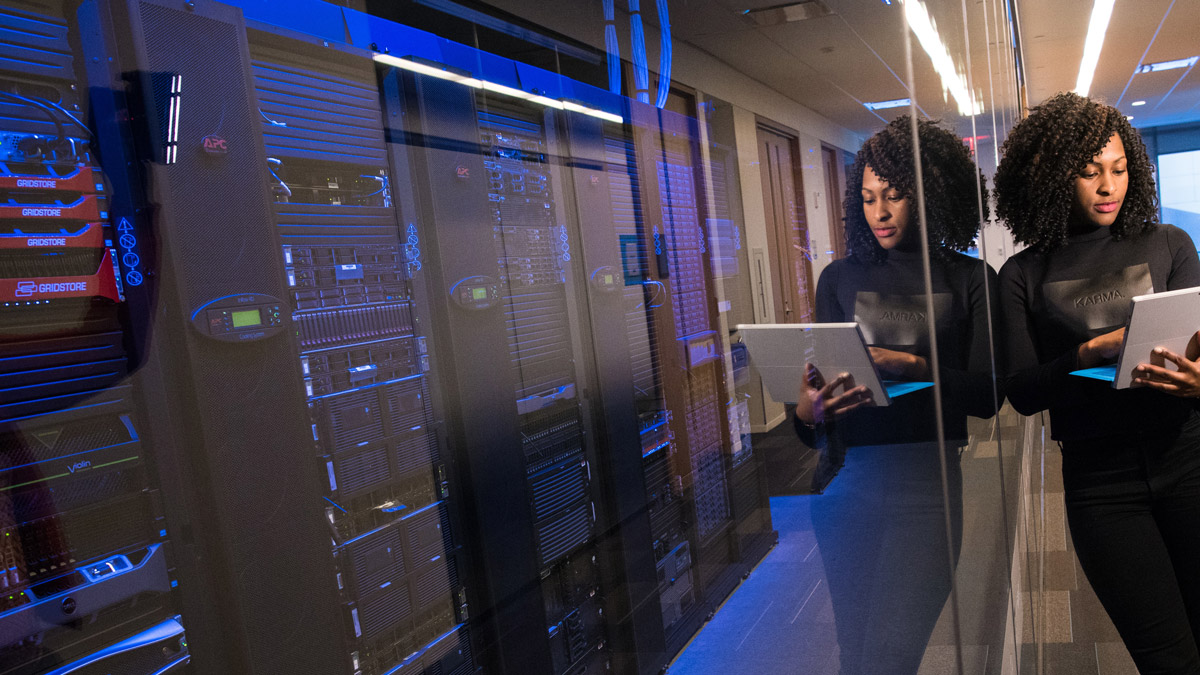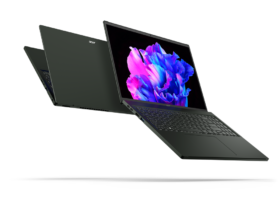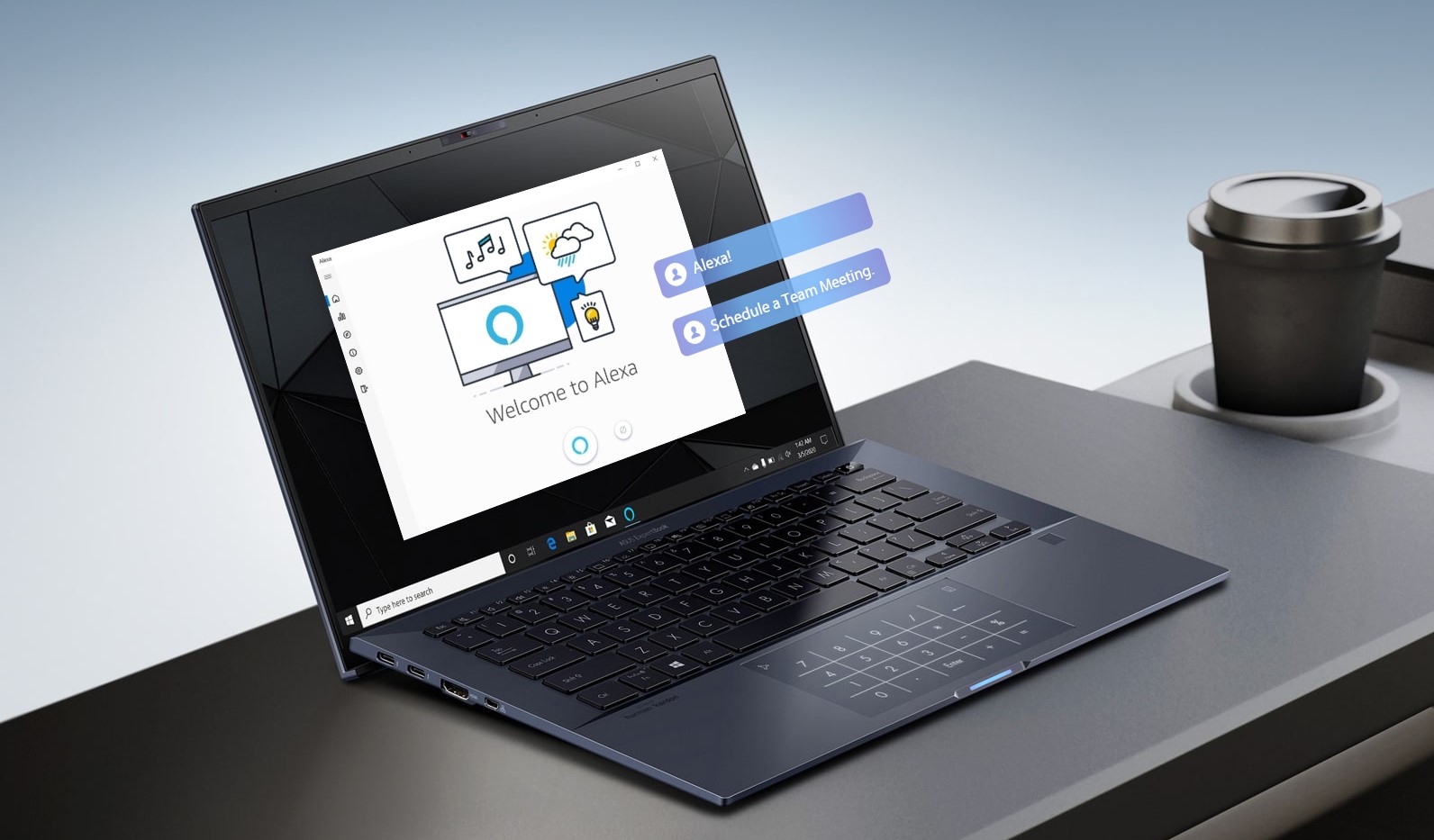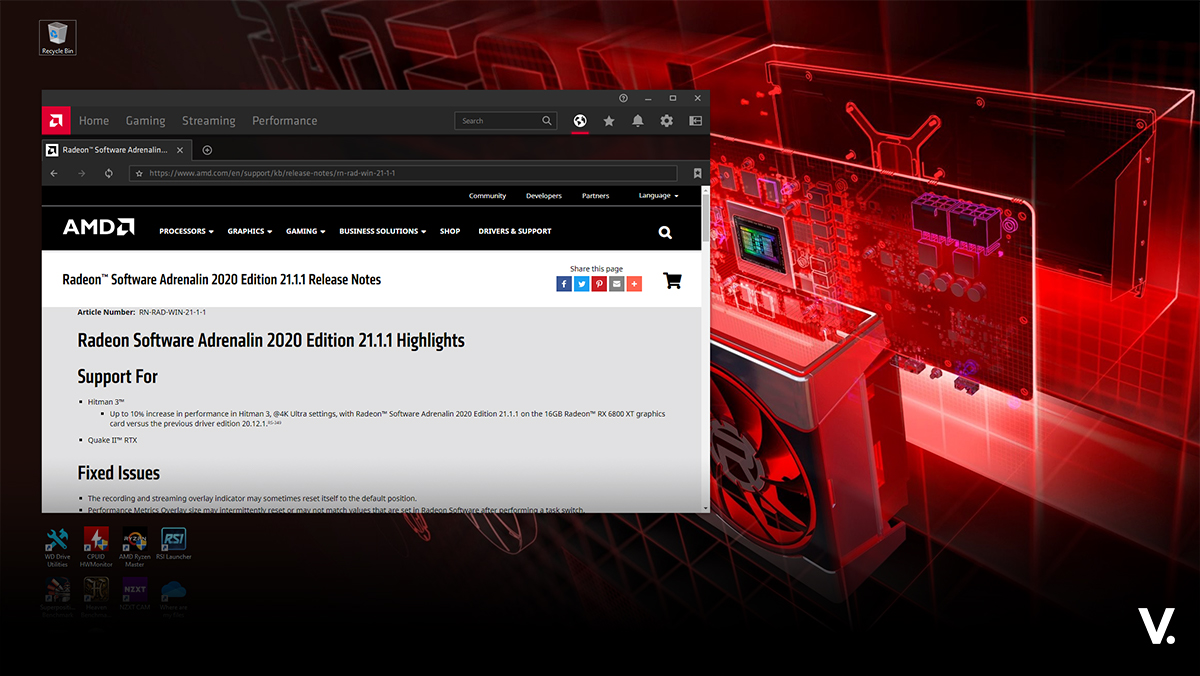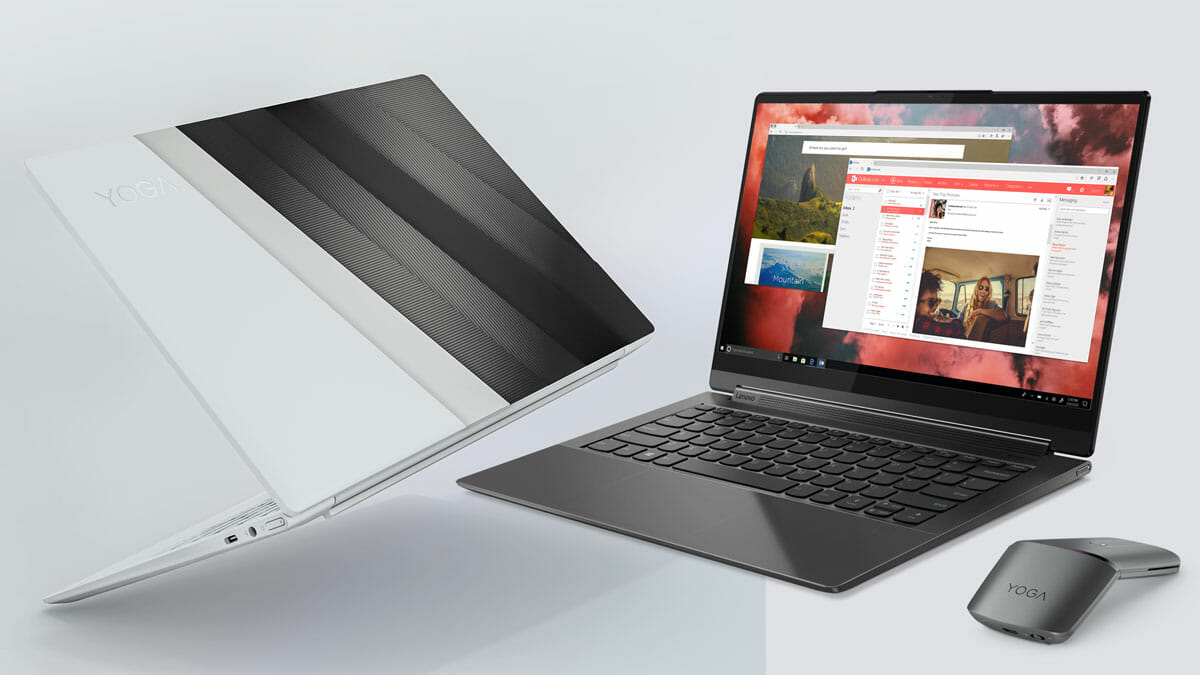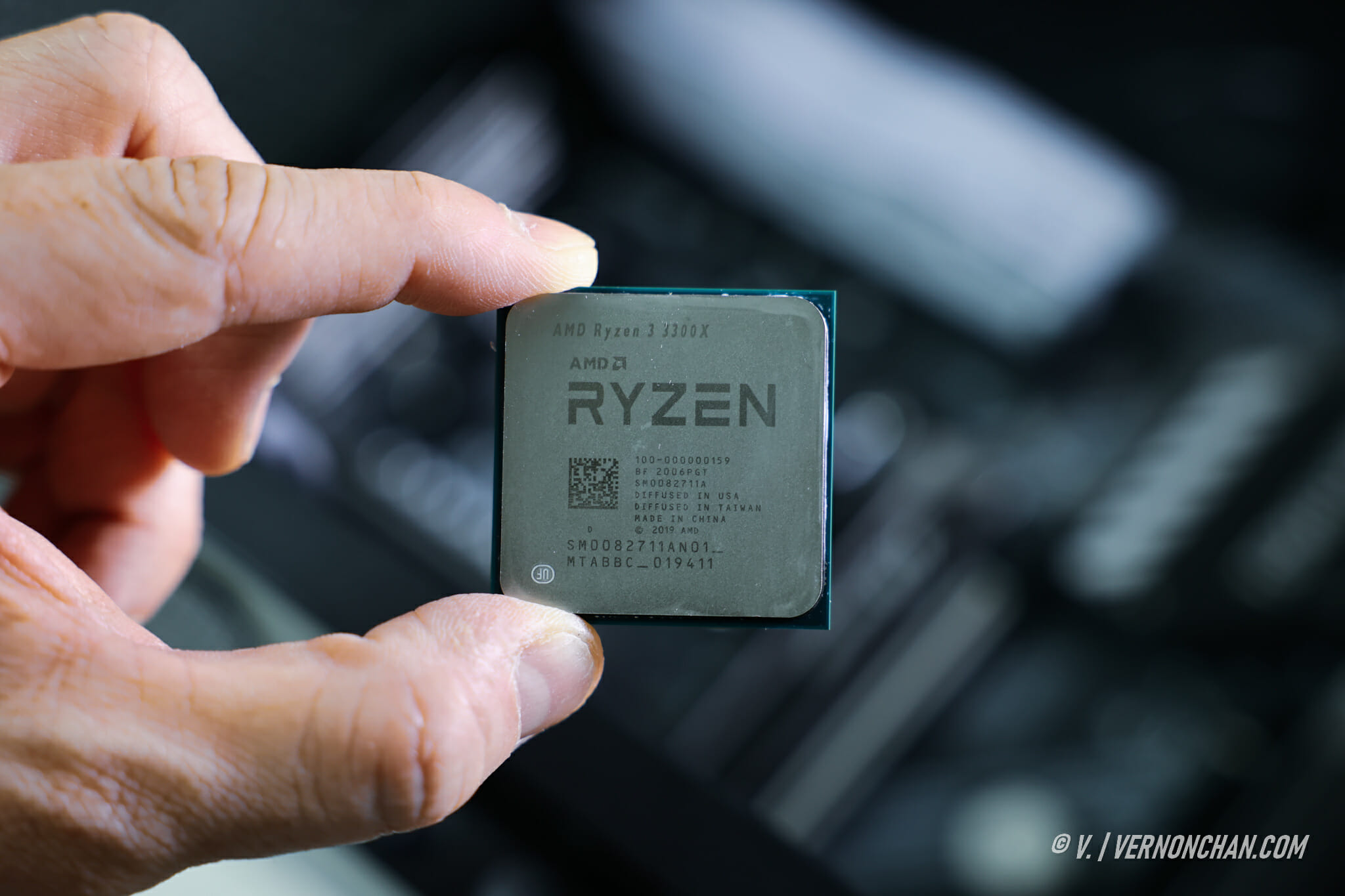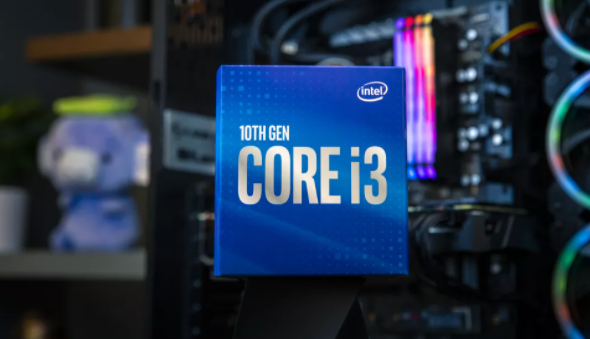It’s hard to believe that we’re heading into the year 2020 – a year that many have marked as a milestone in technology. Autonomous cars lining our streets, virtual assistants predicting our needs and taking our requests, connected and intelligent everything across every industry.
When I stop to think about what has been accomplished over the last decade – it’s quite remarkable. While we don’t have fully autonomous cars zipping back and forth across major freeways with ease, automakers are getting closer to deploying autonomous fleets in the next few years. Many of the every-day devices, systems and applications we use are connected and intelligent – including healthcare applications, industrial machines and financial systems – forming what is now deemed as “the edge.”
At the root of all that innovation and advancement are massive amounts of data and compute power, and the capacity across edge, cloud and core data centre infrastructure to put data through its paces. And with the amount of data coming our way in the next 10 years – we can only imagine what the world around us will look like in 2030, with apps and services we haven’t even thought of yet.
2020 marks the beginning of what we at Dell Technologies are calling the Next Data Decade, and we are no doubt entering this era with new – and rather high – expectations of what technology can make possible for how we live, work and play. So what new breakthroughs and technology trends will set the tone for what’s to come over the next 10 years? Here are my top predictions for the year ahead.
2020 proves it’s time to keep IT simple
We’ve got a lot of data on our hands…big data, metadata, structured and unstructured data – data living in clouds, in devices at the edge, in core data centres…it’s everywhere. But organisations are struggling to ensure the right data is moving to the right place at the right time. They lack data visibility – the ability for IT teams to quickly access and analyse the right data – because there are too many systems and services woven throughout their IT infrastructure. As we kick off 2020, CIOs will make data visibility a top IT imperative because after all, data is what makes the flywheel of innovation spin.
We’ll see organisations accelerate their digital transformation by simplifying and automating their IT infrastructure and consolidating systems and services into holistic solutions that enable more control and clarity. Consistency in architectures, orchestration and service agreements will open new doors for data management – and that ultimately gives data the ability to be used as part of AI and Machine Learning to fuel IT automation. And all of that enables better, faster business outcomes that the innovation of the next decade will thrive on.
Cloud co-existence sees rolling thunder
The idea that public and private clouds can and will co-exist becomes a clear reality in 2020. Multi-cloud IT strategies supported by hybrid cloud architectures will play a key role in ensuring organisations have better data management and visibility, while also ensuring that their data remains accessible and secure. In fact, IDC predicted that by 2021, over 90% of enterprises worldwide will rely on a mix of on-premises/dedicated private clouds, several public clouds, and legacy platforms to meet their infrastructure needs.[i]
But private clouds won’t simply exist within the heart of the data centre. As 5G and edge deployments continue to rollout, private hybrid clouds will exist at the edge to ensure the real-time visibility and management of data everywhere it lives. That means organisations will expect more of their cloud and service providers to ensure they can support their hybrid cloud demands across all environments. Further, we’ll see security and data protection become deeply integrated as part of hybrid cloud environments, notably where containers and Kubernetes continue to gain momentum for app development. Bolting security measures onto cloud infrastructure will be a non-starter…it’s got to be inherently built into the fibre of the overall data management strategy edge to core to cloud.
What you get is what you pay
One of the biggest hurdles for IT decision-makers driving transformation is resources. CapEx and OpEx can often be limiting factors when trying to plan and predict for compute and consumption needs for the year ahead…never mind the next three-five years. SaaS and cloud consumption models have increased in adoption and popularity, providing organisations with the flexibility to pay for what they use, as they go.
In 2020, flexible consumption and as-a-service options will accelerate rapidly as organisations seize the opportunity to transform into software-defined and cloud-enabled IT. As a result – they’ll be able to choose the right economic model for their business to take advantage of end-to-end IT solutions that enable data mobility and visibility, and crunch even the most intensive AI and Machine Learning workloads when needed.
“The Edge” rapidly expands into the enterprise
The “Edge” continues to evolve – with many working hard to define exactly what it is and where it exists. Once limited to the Internet of Things (IoT), it’s hard to find any systems, applications, services – people and places – that aren’t connected. The edge is emerging in many places and it’s going to expand with enterprise organisations leading the way, delivering the IT infrastructure to support it.
5G connectivity is creating new use cases and possibilities for healthcare, financial services, education and industrial manufacturing. As a result, SD-WAN and software-defined networking solutions become a core thread of a holistic IT infrastructure solution – ensuring massive data workloads can travel at speed – securely – between edge, core and cloud environments. Open networking solutions will prevail over proprietary as organisations recognise the only way to successfully manage and secure data for the long haul requires the flexibility and agility that only open software-defined networking can deliver.
Intelligent devices change the way you work and collaborate
PC innovation continues to push new boundaries every year – screens are more immersive and bigger than ever, yet the form factor becomes smaller and thinner. But more and more, it’s what is running at the heart of that PC that is more transformational than ever. Software applications that use AI and machine learning create systems that now know where and when to optimise power and compute based on your usage patterns. With biometrics, PCs know it’s you from the moment you gaze at the screen. And now, AI and machine learning applications are smart enough to give your system the ability to dial up the sound and colour based on the content you’re watching or the game you’re playing.
Over the next year, these advancements in AI and machine learning will turn our PCs into even smarter and more collaborative companions. They’ll have the ability to optimise power and battery life for our most productive moments – and even become self-sufficient machines that can self-heal and self-advocate for repair – reducing the burden on the user and of course, reducing the number of IT incidents filed. That’s a huge increase in happiness and productivity for both the end-users and the IT groups that support them.
Innovating with integrity, sourcing sustainably
Sustainable innovation will continue to take centre stage, as organisations like ours want to ensure the impact they have in the world doesn’t come with a dangerous one on the planet. Greater investments in reuse and recycling for closed-loop innovation will accelerate – hardware becomes smaller and more efficient and built with recycled and reclaimed goods – minimising eWaste and maximising already existing materials. At Dell Technologies, we met our Legacy of Good 2020 goals ahead of schedule – so we’ve retired them and set new goals for 2030 to recycle an equivalent product for every product a customer buys, lead the circular economy with more than half of all product content being made from recycled or renewable material, and use 100% recycled or renewable material in all packaging.
As we enter the Next Data Decade, I’m optimistic and excited about what the future holds. The steps our customers will take in the next year to get the most out of their data will set forth new breakthroughs in technology that everyone will experience in some way – whether it’s a more powerful device, faster medical treatment, more accessible education, less waste and cleaner air. And before we know it, we’ll be looking forward to what the following 10 years will have in store.
Article contributed by Jeff Clarke, Chief Operating Officer and Vice Chairman, Dell Technologies
[i] IDC, IDC FutureScape: Worldwide Cloud 2020 Predictions, October 2019
Header photo by Christina @ wocintechchat.com on Unsplash


